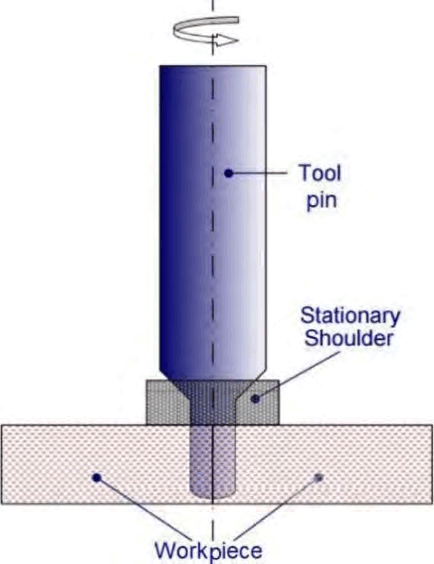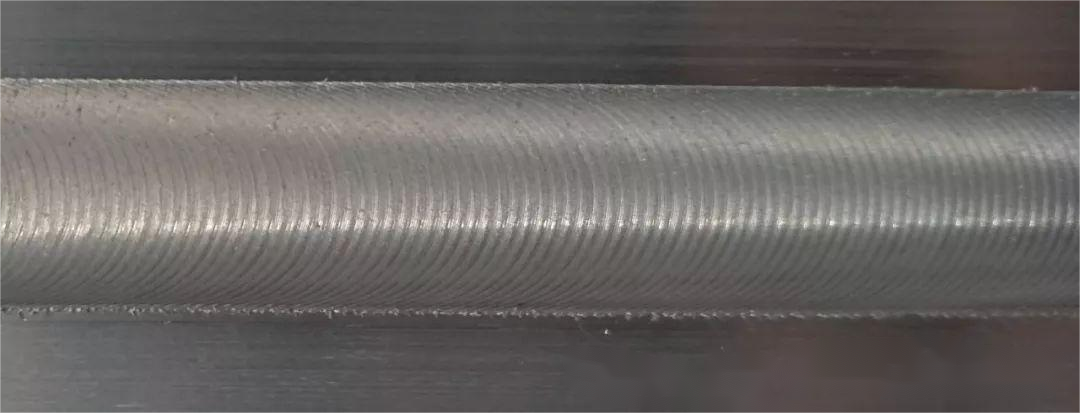Revolutionizing Manufacturing: The Friction Stir Welding
Introduction
Innovation in the industrial sector is essential to achieve greater productivity, higher quality, and lower costs.
Friction Stir Welding (FSW) is one such innovation that has completely changed the industry.
This innovative procedure is popular in many industries since it has many benefits over conventional connecting techniques.
The principles, uses, and revolutionary effects of friction stir welding on contemporary production will all be covered in this article.
Understanding the Friction Stir Welding
Friction Stir Welding, developed in the early 1990s by The Welding Institute (TWI), is a solid-state joining technique used to bond materials that are difficult to weld conventionally.
Unlike traditional welding techniques, which rely on melting the materials, frictional heating and mechanical deformation are used in FSP to produce a robust, flaw-free junction.
A revolving tool with a specifically made pin that plunges into the material is used in the process to create heat and mix the atoms of the surrounding surfaces.
Principles of the Friction Stir Welding
The foundational concepts of friction stir welding are what make it successful.
The revolving tool causes friction with the work piece as it goes along the joint line, creating heat that softens the material without melting it.
Due to the rotation and axial stress of the tool, the softened material undergoes significant plastic deformation, resulting in a mechanically robust bond.
Since the entire process takes place in the solid state, problems with solidification and liquid-phase changes are avoided.
Applications of the Friction Stir Welding
Because of its adaptability, friction stir welding has been used in a wide range of applications across multiple sectors.
FSP is widely used in the aerospace industry to combine aluminum and other light alloys, enabling the creation of stronger, lighter, and more fuel-efficient aircraft components.
FSP is used in the automotive industry to create intricate, high-strength structures like body panels and chassis components.
Friction stir welding is also useful in the construction of ships and railroads, as well as in the manufacture of heat exchangers and nuclear waste storage containers.
Advantages of the Friction Stir Welding
The Friction Stir Welding has a number of benefits over conventional joining techniques.
First off, it does away with the requirement for consumables like filler materials and shielding gases, lowering material costs and having a less negative impact on the environment.
Second, because FSP is solid-state, it produces joints with enhanced mechanical qualities, such as increased tensile strength and fatigue resistance.
Additionally, the absence of fusion-related flaws such solidification fissures and porosity guarantees continuous and dependable joint quality.
Finally, the method broadens the variety of material combinations that are possible for manufacturing by enabling the connecting of different materials with significant melting point variations.
Challenges and Future Developments
Although friction stir welding has transformed contemporary production, there are still certain difficulties.
High rotating speeds might result in tool wear and excessive energy use since they are necessary for effective mixing and heat production.
To get over these restrictions, scientists and engineers are always trying to improve the tool design, material choice, and process parameters.
The incorporation of FSP into production lines has also been made possible by developments in robotic systems and automation, enabling quicker and more affordable manufacturing processes.
Conclusion
A revolutionary invention in the manufacturing sector is friction stir welding.
Its extensive acceptance in the aerospace, automotive, and other industries is the result of its solid-state nature, adaptability, and multiple benefits.
The method is anticipated to continue to improve with continued research and development activities, overcoming existing difficulties and opening up new opportunities for effective and sustainable production.
It becomes clear that friction stir welding is positioned to influence the direction of contemporary production as we observe its revolutionary effects.





